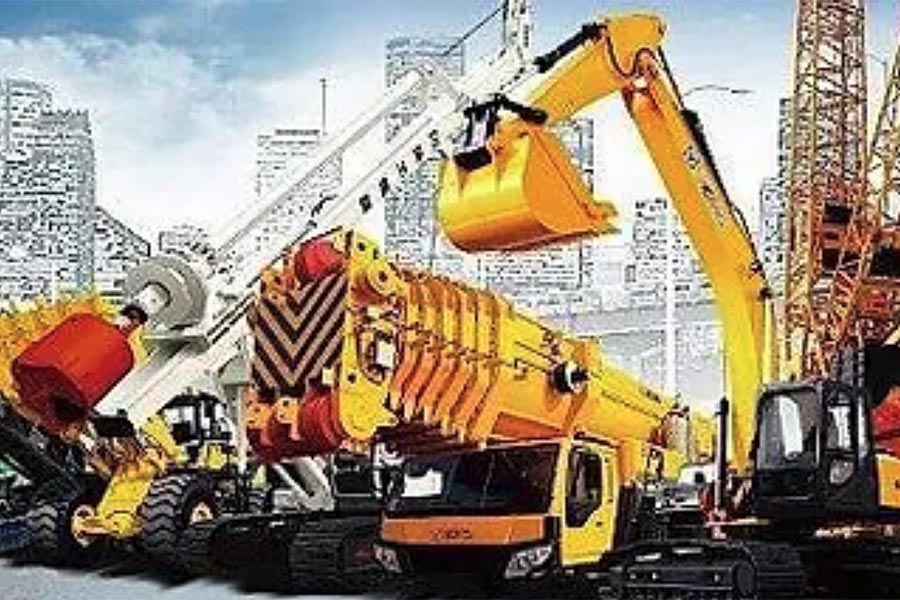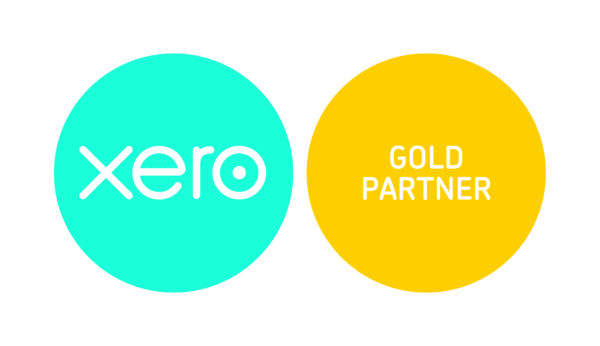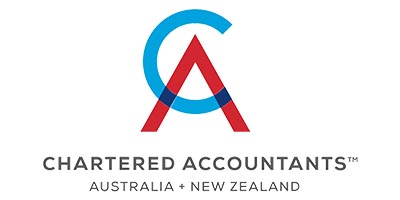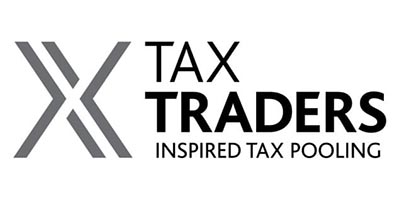Businesses require different resources to be able to provide the goods and services it offers. These resources are considered assets for they are beneficial to the business’s success. However, as time passes, these assets wear and tear, for they have already served their purpose and reached their lifespan.
Depreciation is when an asset loses its value over time. It represents how much of the asset’s value has already been used. For example, suppose the business is an IT Company and the assets bought by the owner are computers. In that case, these computers usually have a lifespan of 3-5 years. As a result, this means that the computers have already reached their peak performance and will need repairs and replacement. The value of the computers depreciates from the original price to 0 eventually as it goes through its lifespan. Consequently, affecting the business, as in the case of the internet shop, old computers no longer perform at their best.
Therefore, depreciation is significant in business. Accounting for depreciation affects the profit of the company. First, depreciation is an expense, and as business owners, there is a need to know all the business’ costs. It may be a non-cash charge since it’s already been paid as the asset is purchased. Still, for financial reporting, it is a must to record it incrementally. Depreciation accounting aids in knowing how much value your assets have lost during that year. If depreciation is not recorded, expenses for the year may be underestimated, resulting in an incorrect computation of the business’ profit. Second, depreciation connects and affects taxes. With lower profit comes a lower tax bill, and with higher profit comes a higher tax bill. Accounting for depreciation lowers profit and therefore reduces the tax bill. Lastly, depreciation accounting values the business. When assets depreciate, there can be losses in the business. Going back to the IT Company business example, old computers have a lesser quality of performance than new computers. Suppose the IT Company does not account for depreciated assets. In that case, employees may be working on degraded performance computers, for what might take 10 minutes on a new computer will take 30 minutes on the old one.
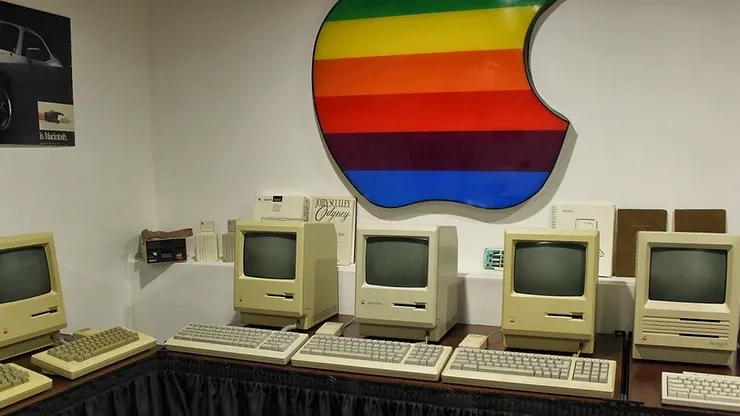
It is important to note that not all resources are depreciable. In most businesses, fixed assets are the only assets that can be depreciated. A fixed asset is something which could help a business generate income for a year or more. These resources include tools, machinery, computers, office furniture, vehicles, and buildings, which are tangible. For intangible or non-physical assets such as patents and copyright, they can also be depreciated for they have an expiration. Assets which do not lose value, such as land, are non-depreciable. It is known to many that the value of land increases over time.
In regards, to computing the depreciation of an asset, the first thing to consider is an estimation of its lifespan. Depreciation is accounted for in different schedules depending upon what type of asset the business has. In case an investment was lost, stolen, or damaged, its value can be adjusted to 0 any time. Assets can also be bought, sold, or combined to form a new one. There are different ways on how to calculate depreciation and three of which are most used by business owners. First, an asset may be depreciated the same amount annually until its value reaches zero. This is called the straight-line depreciation. It is the most basic way of recording depreciation. For example, a company bought a machine for $5,000 with a lifespan of 5 years. The company then decides on a salvage amount of $1,000. Deducting the salvage amount from the cost of the machine, the depreciable amount is $4,000. Dividing the depreciable amount by the lifespan, $800 will be the depreciation amount per year, that is a depreciation rate of 20%. Second, an asset may be depreciated at a higher percentage during the first few years and lowers as time passes by. This is called the diminishing value depreciation. Lastly, an asset may be depreciated based on usage and not on its lifespan or age. This is called units of production depreciation. For example, instead of depreciating a vehicle in terms of its useful life, it can be depreciated based on the number of kilometers it can travel.
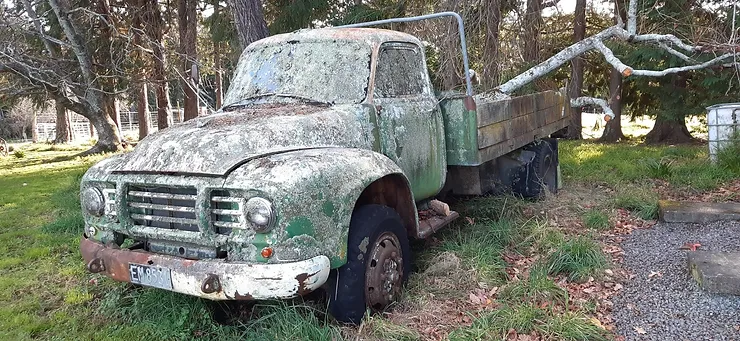
Overall, depreciation may be tricky and challenging, especially for small businesses, but it will be of great help in understanding business costs and tax bills. Accounting for depreciation of assets will aid an owner in keeping track of expenses and profits throughout the operation of the business.
We can help you with the depreciation of your business asset. Feel free to contact us at info@eliteaccounting.co.nz.
